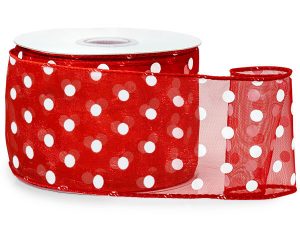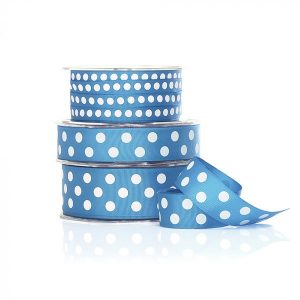(1) The quality of semi-finished product processing, textile structure, relative density of warp, warping supporting force, thickness and many other differences can cause dyeing bias. Because of the difference in productivity between looms and dyeing machines, the green belts produced by different looms are dyed in the same dyeing machine, and even the belts with different batch numbers are dyed in the same dyeing machine. In order to reduce the harm of quality difference of green belt to dyeing deviation, it is required that weaving and dyeing must be harmonious and integrated production planning. At the same time, the stock management of billet should try to ensure “first in first out method”.
(2) Management method of machinery and equipment: the oven should be repaired and maintained on time to ensure the normal operation of the heating equipment and temperature control. In the whole process of production, the air duct in the box is unobstructed and the filter screen is cleaned. The feeding equipment of dyeing machine is very important to adjust the support force of green belt. Before entering the dyeing bath, the supporting force of the Green Belt should be basically consistent, so as to ensure the consistency of liquid rate and color tone. It is also important to operate the dyeing machine to increase the tension on the ribbon. Because the ribbon dyeing machine generally uses the frequency conversion operation to adjust the support force of the dyeing machine, so all the data signals of the frequency conversion operation at each process point are normal, and the failure components should be repaired immediately—- Ribbon Factory
Rope
(3) The matching selection of dyes is very harmful to the color deviation of both sides of the ribbon. When using different recipes to produce the same color, the color deviation between the front face and the back face of the ribbon will be greatly different. In general, the actual effect of dyeing will be better by selecting disperse dyes with the same or similar color fastness and types (s, Se, e). In addition, the auxiliary application of modifier such as anti migration agent, penetration agent and leveling agent is also effective for the control of dyeing deviation, but it can be used reasonably—- Ribbon manufacturer
recognition methods
1. The surface layer is abnormal. Take a look at whether the ribbon has environmental pollution first. The surface of the ribbon should not have dust, oil stains, dyeing, color marks and other abnormal phenomena.
2. Partial color. Check whether there is shade on the surface of the ribbon, and the color, texture and needle edge should not be disordered.
3. Needle. A good ribbon can’t have needles. If you look at the surface carefully, you can check whether there are needles.
4. Burr. The surface of the ribbon should not have serious ball or burr that affects the surface of nylon conveyor belt, which can be seen by human eyes.
5. Dimension edge. That is, the ears on both sides can be large or small. The key to this situation is the threaded hat belt.
6. Thickness and total width. Good ribbon goods have the thickness and total width prepared in advance.
① Thickness regulation: thickness tolerance can’t be in the scope of positive and negative pole 025.
② General width regulation: the general width measurement shall be carried out with the ruler, and the dimension tolerance shall not be within the scope of plus or minus 0.02.








